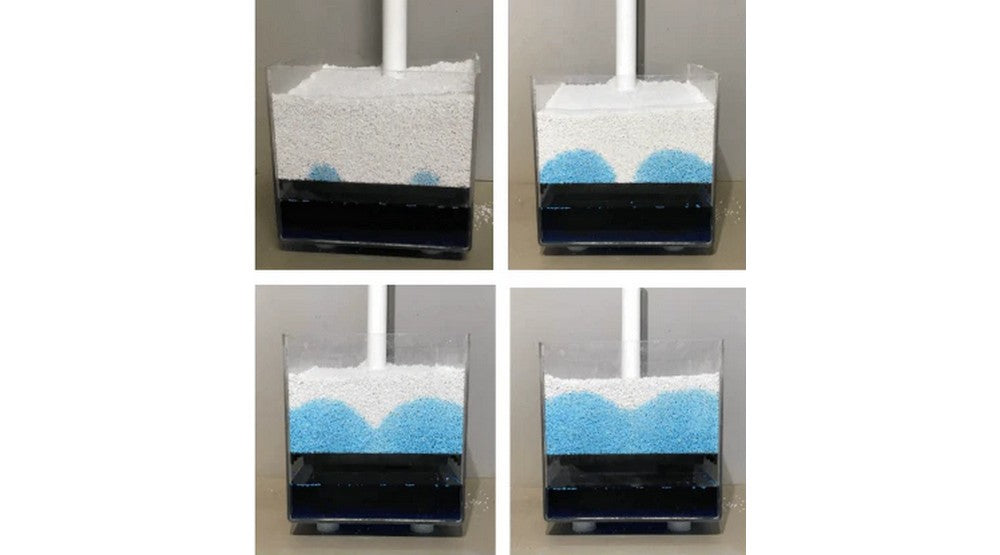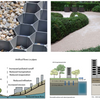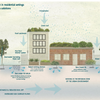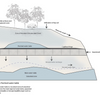Capillary Rise in WaterUps

The science of wicking
Often the first question we are asked by people who are not familiar with wicking is, “how does it work?” Well, we usually explain that it is based on a scientific principle called capillary rise. This was first observed by Leonardo da Vinci and then derived into the Young-Laplace equation of capillary action in 1805. A good explanation of the derivation of this equation can be seen in this video link.
For those who are not budding mathematicians or physicists, we thought that a better way to explain capillary rise was to show visually what actually happens in the WaterUps® wicking system when we put the hose in the inlet pipe and fill the water reservoir. We used a perspex box and replaced the soil with perlite, then added water containing blue dye to the reservoir. The set of images shows the water in the reservoir rising up through each of the 4 wicks that make up the WaterUps® wicking cell and then spread through the perlite medium above.
Capillary rise is gradual. For finer particle growing mixes, this can be as quick as a few hours. Courser growing mixes can take up to a few days to wick fully. For this reason we recommend a good surface watering for the first few days.
We have found that the maximum vertical height of efficient wicking or capillary rise in friable growing mediums is about 350mm. This is a very important consideration when designing and building wicking beds. Check out my previous post on the optimal height of wicking beds for more information.








